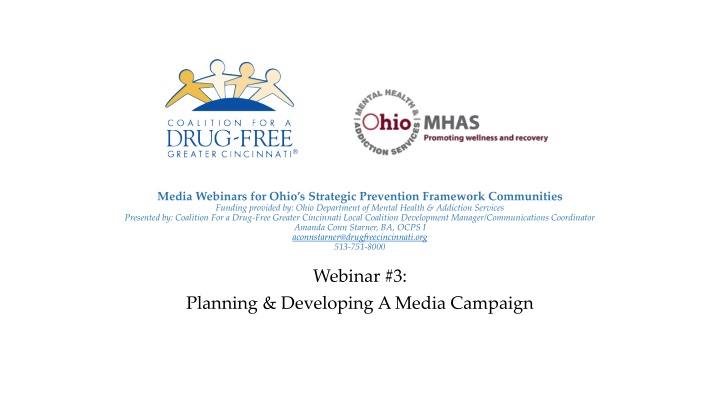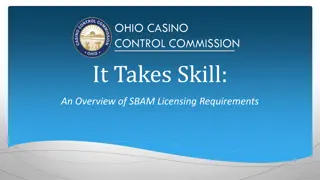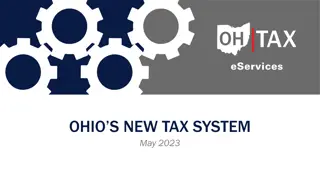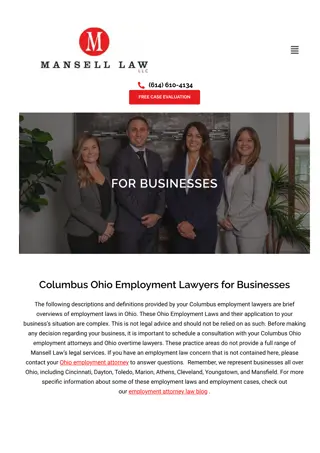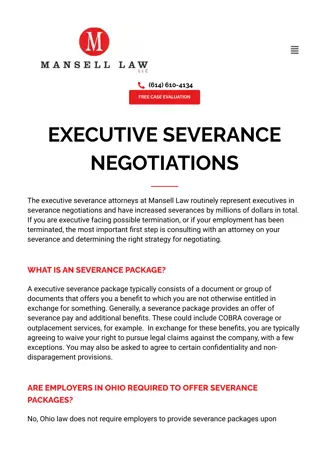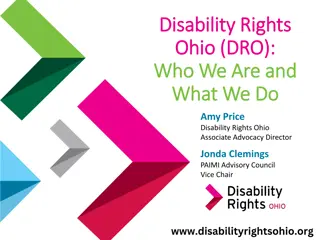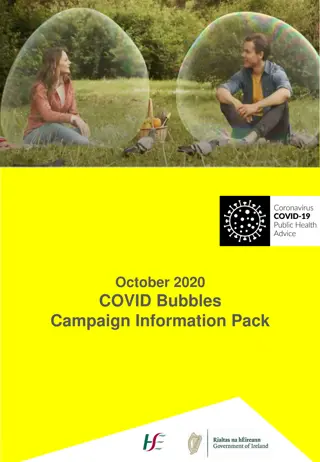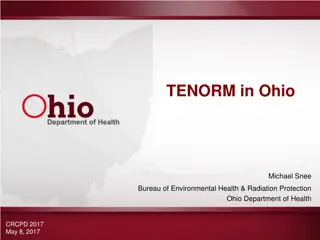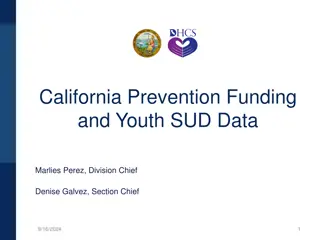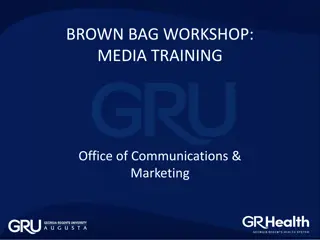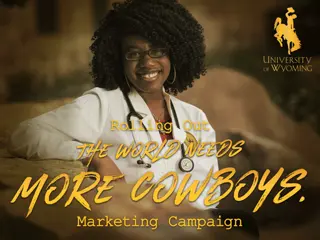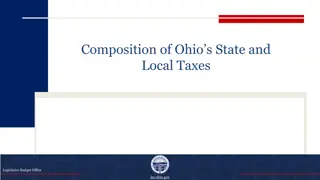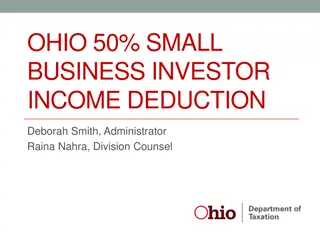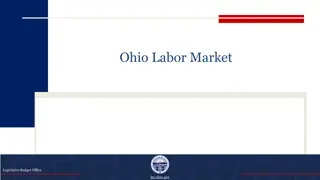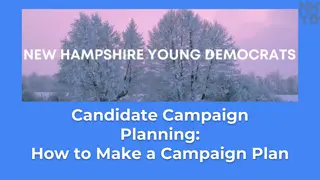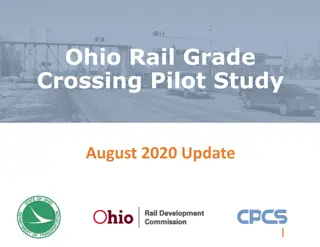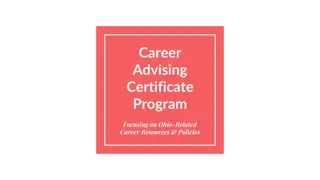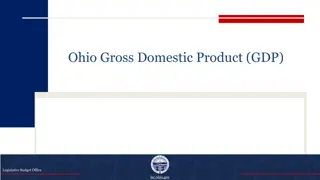Media Campaign Planning for Ohio's Strategic Prevention Framework
Ohio's Department of Mental Health & Addiction Services, in collaboration with the Coalition For a Drug-Free Greater Cincinnati, presents a webinar series on planning and developing a media campaign for strategic prevention. Learn about setting communication objectives, creating budgets, selecting media outlets, and utilizing social media effectively. Gain insights on evaluating campaign success and engaging with different audiences to promote drug prevention messaging.
Uploaded on Sep 11, 2024 | 0 Views
Download Presentation

Please find below an Image/Link to download the presentation.
The content on the website is provided AS IS for your information and personal use only. It may not be sold, licensed, or shared on other websites without obtaining consent from the author.If you encounter any issues during the download, it is possible that the publisher has removed the file from their server.
You are allowed to download the files provided on this website for personal or commercial use, subject to the condition that they are used lawfully. All files are the property of their respective owners.
The content on the website is provided AS IS for your information and personal use only. It may not be sold, licensed, or shared on other websites without obtaining consent from the author.
E N D
Presentation Transcript
Media Webinars for Ohios Strategic Prevention Framework Communities Funding provided by: Ohio Department of Mental Health & Addiction Services Presented by: Coalition For a Drug-Free Greater Cincinnati Local Coalition Development Manager/Communications Coordinator Amanda Conn Starner, BA, OCPS I aconnstarner@drugfreecincinnati.org 513-751-8000 Webinar #3: Planning & Developing A Media Campaign
State Media Objectives Develop/write out your communication objective AND budget. Keep this item upon reference throughout your campaign. Example provided of budget proposal from a media sales representative for a media buy. What behavior do you want to change?How will you gauge if campaign is a success for your group or to the community? Include a call to action. How can you use your budget across a variety of mediums to get the maximum audience retention?
State Media Objectives Example of another item in a media budget. Different station; different audience; but same message of drug prevention This used web banners and email marketing. The email marketing used WCPO-TV s emails from viewers that register on their social media accounts but had the email looking as if it came from the Coalition for a Drug-Free Greater Cincinnati.
Determine the type of media outlet that will disseminate Consider type of audience & message Contact media sales representative Establish whether the partnership and the offer made by the media will positively reflect your return on investment.
Determine Type of Media Outlet Check to see if the media outlet can provide some pro-bono public service announcement time Federal Communications Commission regulation used to be that one half hour per week was the allotted time to be given to community service broadcast. Recently, this standard was relaxed. It leaves the PSA requirements to be dealt with by the local broadcast association. The National Broadcast Association puts out its recommended weekly standards for public service in hopes that broadcast stations will follow. (Source: www.thompsonhall.com/public- service-announcement-requirements/)
Social Media If you haven t already, create Facebook, Twitter, and LinkedIn accounts for your organization. Be likable i.e. provide tangible, practical information that is easy to read via phones. Positive messages around drug prevention and communication tips for addressing resiliency from substance abuse seem to resonate Engagement with your audience. Plan a series of posts that correlate with media buys or seasonal messages.
Social Media Listen and never stop listening to your demographic Don t tell your customers to like and follow you, tell them why and how they should. Give your potential audience a reason to connect with your organization. What s in it for me the audience member is a mantra for any media message
Social Media It s about having a conversation. Share pictures and videos. It is a visual medium, but some text to introduce a visual is needed or a call to action. Spend about 30 minutes a day on social media. Spend time each day reading and learning; listening and responding; and engaging in a conversation. View other pro and anti-drug message sites to see how they are selling their message and how you can craft your message to counter theirs.
Social Media Snapshot Here are some statistics about who and how Americans are using social media This graph was released in April 2013 from the Pew Research Center. The Pew Research Center is a non- partisan fact think tank that informs the public about the issues, attitudes and trends shaping America and the world. It conducts public opinion polling, demographic research, media content analysis and other empirical social science research.
